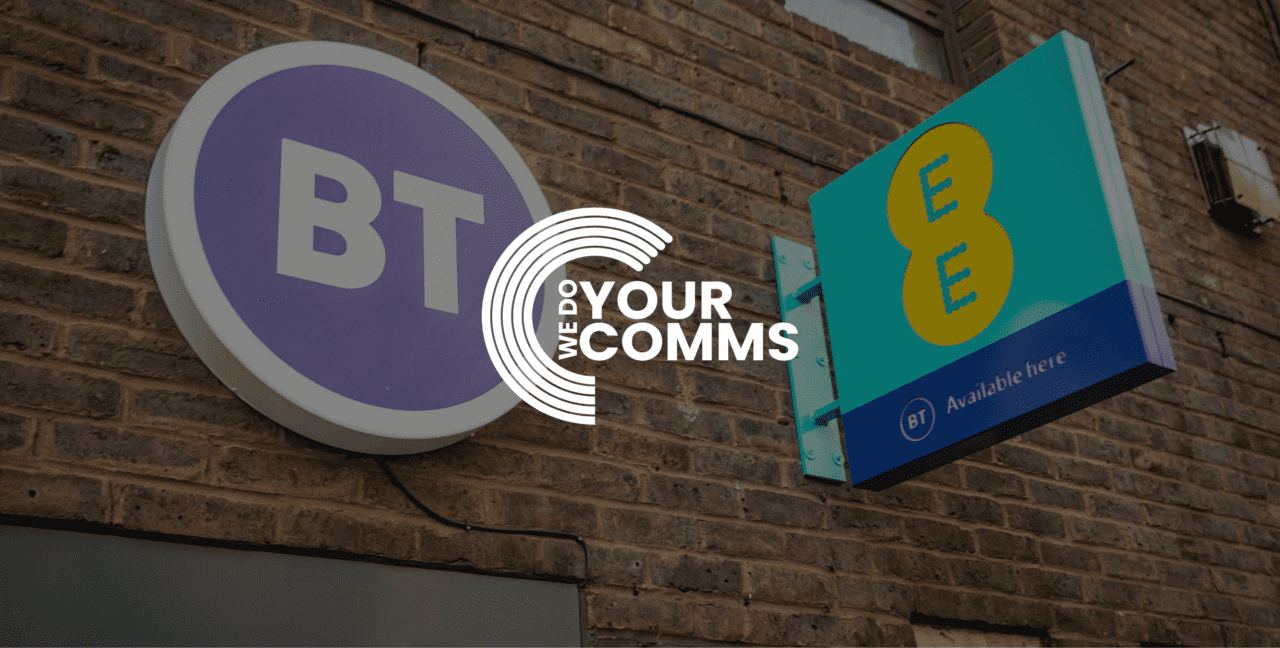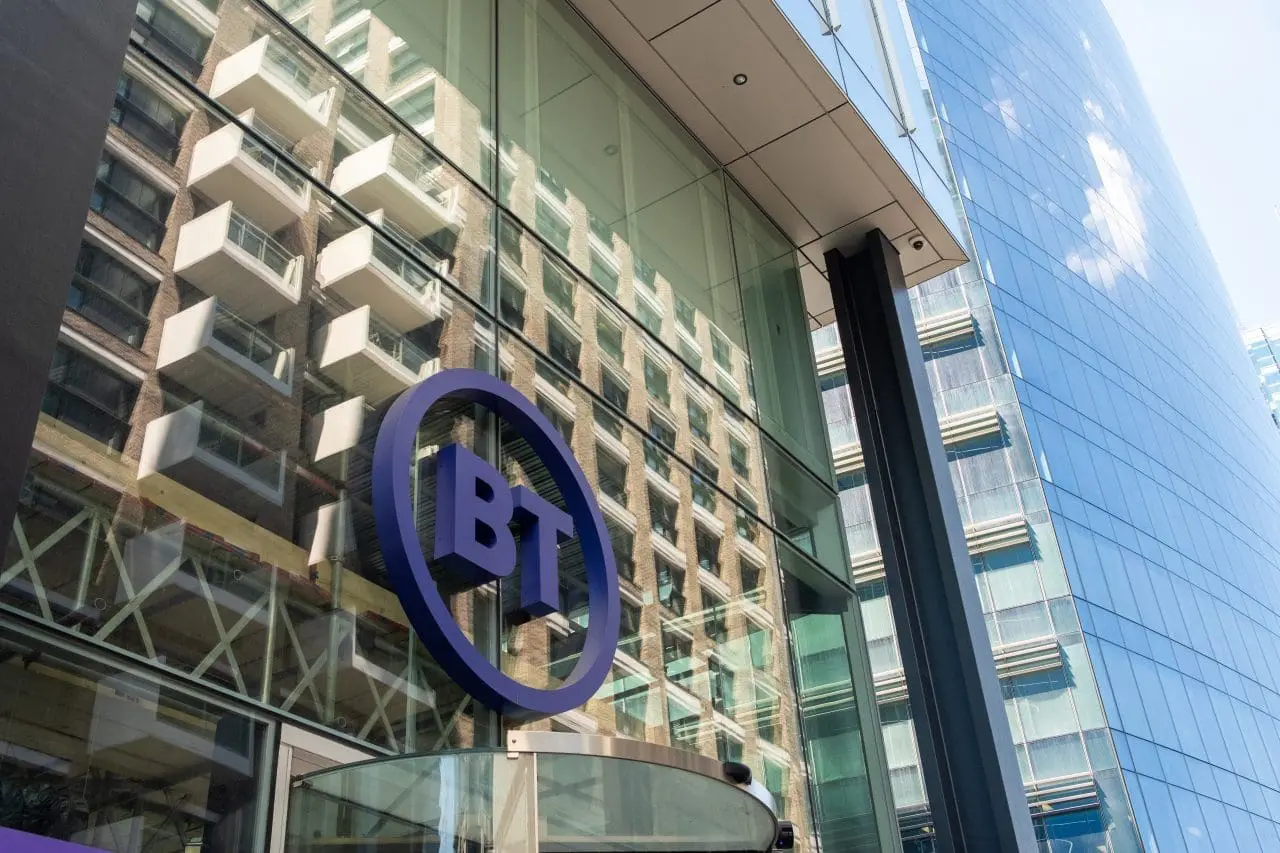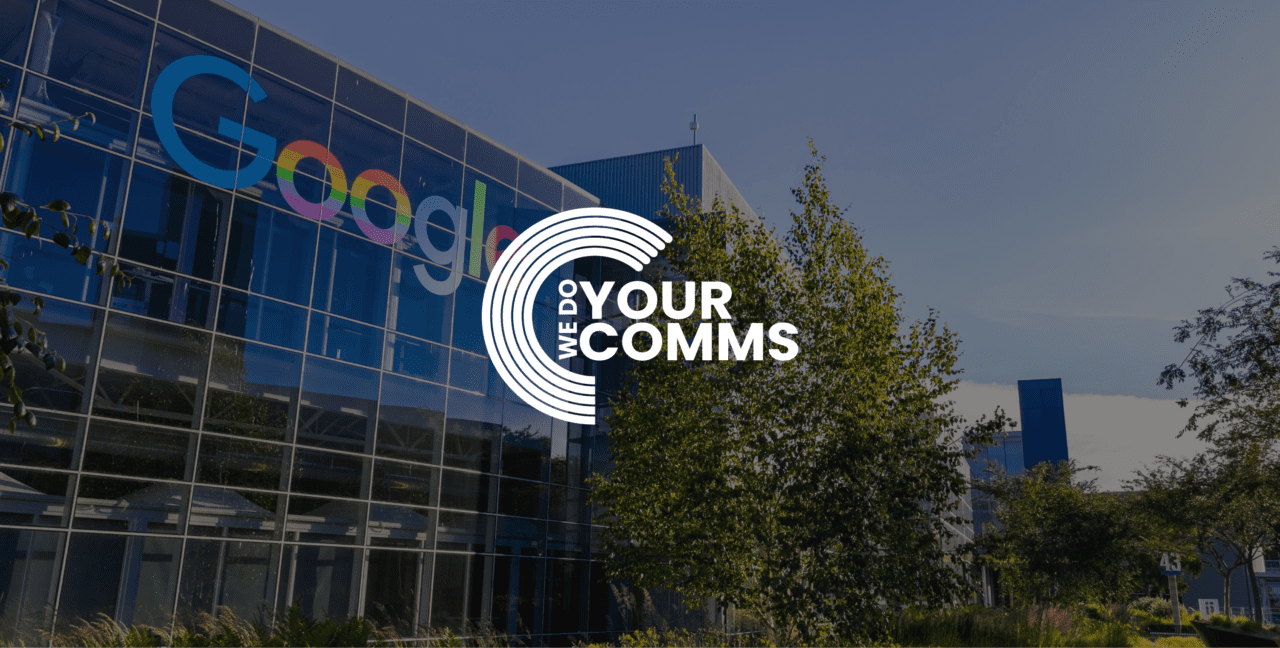
The Benefits and Challenges of Introducing AI into Businesses: Examining Potential Solutions for Successful Integration

AI Reduces Need For Human Workers at BT
As the use of Artificial Intelligence (AI) continues to grow within businesses, it is having an inevitable effect on employment opportunities. Companies are increasingly leveraging AI to automate and streamline processes in order to improve efficiency and reduce labour costs. This has been seen recently with BT, who have attributed 55000 job losses to the implementation of AI. AI is able to complete certain tasks faster and more accurately than humans due to its algorithms, making it more suitable for many roles that were previously carried out by human workers. This can be seen as a double-edged sword – reducing the amount of jobs available but also speeding up processes which can have a range of economic benefits. Whilst its implementation has had an immediate impact on job losses, it is important to consider the long-term effects that AI will have on businesses in the future.
How Artificial Intelligence is Changing the Workforce
The use of Artificial Intelligence (AI) within businesses has been steadily increasing over recent years and this trend shows no signs of slowing down. This technology is heavily relied upon to automate tasks, reduce costs and improve efficiency – making it attractive for many organisations who are looking to compete in today’s competitive market. With these advancements come repercussions in terms of employment opportunities as more jobs become automated or made redundant due to their replacability by AI algorithms. The implementation of AI within businesses has led to a shift in the way that organisations function, with many traditional roles being made redundant and new roles emerging as a result. As well as this, AI can free up human workers from mundane tasks such as data entry or customer service related tasks, allowing them to focus on more creative and engaging problems which would otherwise be impossible for machines.
Latest AI Developments Lead To Job Losses in the UK
As Artificial Intelligence (AI) continues to advance, it is having an inevitable effect on employment opportunities throughout the UK. This was recently seen with BT who attributed 55000 job losses to the introduction of AI into their processes. AI is able to automate certain tasks faster and more accurately than humans, making it more suitable for many roles that were previously done by people.
Whilst the immediate impacts of AI are felt in terms of job losses, there can be long-term benefits when implemented correctly. Robotics and automation can free up human workers from mundane tasks such as data entry or customer service, allowing them to focus on more creative and engaging problems which would otherwise be impossible for machines. In the future, this could lead to a rise in employment opportunities within sectors such as software engineering and data science – with businesses investing heavily in these areas to remain competitive.
Understanding the Benefits and Limitations of Artificial Intelligence in the Workplace
The use of Artificial Intelligence (AI) has been steadily increasing within businesses in recent years and it is important to understand both the benefits and limitations of this technology. On one hand, AI can automate certain tasks faster and more accurately than humans – leading to improved efficiency which can have economic benefits. On the other hand, there are repercussions when it comes to employment opportunities as jobs become automated or made redundant due to their replacability with AI algorithms.
In order for organisations to truly capitalise on the potential of AI, they must consider how best to implement these advancements into their existing processes without sacrificing job security or quality of service. It is also important to ensure that any human workers displaced by automation are given the necessary tools to develop new skills so they can remain competitive in a rapidly changing job market. By understanding the benefits and drawbacks of AI, businesses can ensure they are making the most of this technology while mitigating potential risks.
Robotics and Automation: What Does It Mean for Jobs?
With the advancements of robotics and automation, there is an inevitable impact on the job market with certain roles becoming automated or made redundant due to their replacability by AI algorithms. Whilst this may have a negative effect in terms of employment opportunities in the short-term, it could lead to long-term benefits when implemented correctly. Robotics and automation can free up human workers from mundane tasks such as data entry or customer service related tasks, allowing them to focus on more creative and engaging problems which would otherwise be impossible for machines. This could lead to the development of new skillsets within sectors such as software engineering and data science, which would be essential for businesses to remain competitive in the future.
However, it is important to note that robotics and automation can also result in job losses if implemented incorrectly or without proper consideration of the economic and social impacts. When jobs become automated, there may be fewer employment opportunities available for humans – leading to an increase in unemployment levels as well as a potential decrease in wages for those who are able to find employment. It is therefore important for organisations to carefully consider how the introduction of AI will affect their workforce before any changes are made.
Unveiling the Economic Benefits of Implementing AI in Businesses
As businesses increasingly adopt Artificial Intelligence (AI) into their processes, they must understand the economic benefits that this technology can bring. AI can automate certain tasks faster and more accurately than humans, leading to improved efficiency which has both short-term financial returns as well as long-term cost savings. The use of AI for customer service is becoming increasingly popular and it is estimated that businesses could save up to 25% in labour costs by implementing chatbots or other automated systems. Furthermore, AI technologies such as facial recognition and natural language processing (NLP) can increase accuracy when verifying identity or understanding customer needs – resulting in higher levels of customer satisfaction at a reduced cost.
Analyzing the Benefits of Integrating AI into Existing Industries
As technology advances, so does the opportunity to integrate AI into existing industries. This could revolutionize how companies do business with improved accuracy and efficiency leading to increased productivity and reduced costs. For example, AI-based algorithms can be used to predict customer behaviour, allowing for better targetted marketing strategies which can lead to higher conversion rates.
In addition, AI is being used in supply chain management for inventory optimization as well as forecasting demand for products or services – resulting in more efficient logistics operations. Furthermore, when integrated correctly into existing processes, AI can help reduce manual errors and increase system security – reducing the risk of data breaches or unauthorized access.
Examining the Challenges Faced by Human Workers in a World Run By Machines
Despite the many advantages of AI, there are still challenges that need to be considered before companies can reap its full potential. Firstly, introducing AI into existing processes often requires significant changes to infrastructure and systems, which could lead to disruption for staff members who are used to performing tasks manually. Additionally, when automating certain tasks with AI, it is essential for organisations to ensure that they still meet legal and regulatory requirements.
Secondly, as mentioned earlier, automation can lead to job losses if not implemented carefully – resulting in people being left without employment opportunities or having their wages reduced due to competition from machines. This could have long-term consequences for both employees and the businesses engaged in such practices, as morale and productivity could suffer due to decreased job satisfaction.
Evaluating Potential Solutions to Mitigate Unintended Consequences
In order to ensure that any AI implementation is successful, businesses must take all potential risks into account and develop strategies which minimise any negative impacts. Firstly, companies should consider re-training existing staff to create a more diverse workforce capable of adapting to new technologies. This not only allows organisations to benefit from the improved capabilities of AI but also ensures that people remain at the centre of their operations – making sure that customer relationships are maintained while providing stability for workers.
Secondly, instead of focusing solely on automation, businesses should also look to AI-assisted processes that require human input. This can help bridge the gap between traditional methods and new technologies while still allowing organisations to improve efficiency and output quality. Finally, it is essential for companies to keep up-to-date with changing legal requirements and ethical considerations when introducing AI into existing industries – making sure that customer data remains secure and privacy is maintained.
By taking all of these factors into consideration, businesses can ensure that they remain competitive in an ever-changing digital landscape without sacrificing important values such as ethics or customer satisfaction. By embracing AI responsibly, companies can reap its benefits without causing unintended consequences for their staff or customers.



